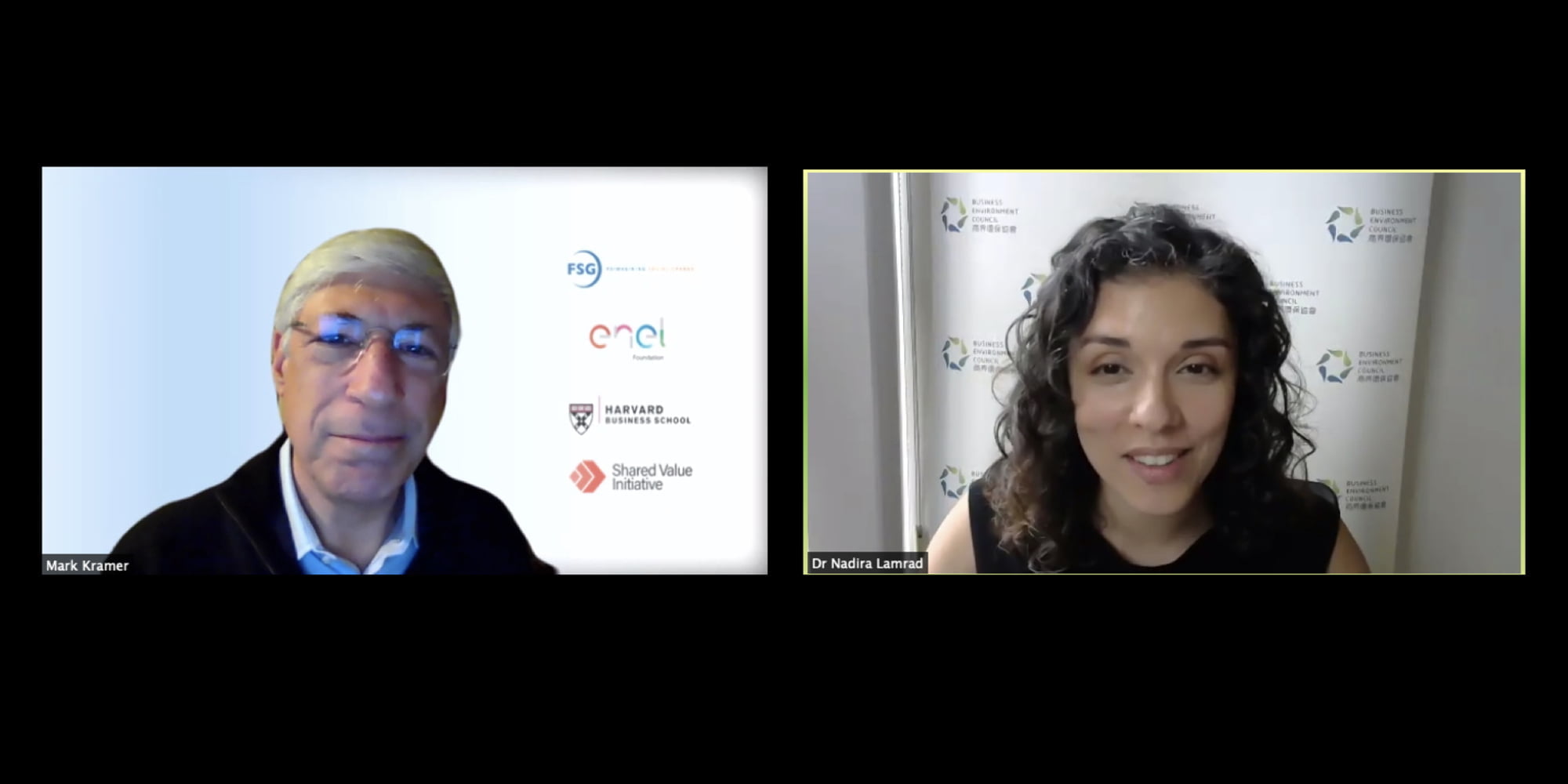Written by Dr. Nadira Lamrad
As a sustainability professional, I often hear versions of the same message: “Sustainability is for rich companies that have money to spare”. Over the years, this outlook has changed in part due to greater exposure to climate risks. Before we truly understood the magnitude of the COVID pandemic, the World Economic Forum Global Risks Report’s top risks in terms of likelihood and impact heavily featured environmental issues. The market is acknowledging the fact that companies do not operate in a vacuum and therefore, environmental, social and governance (ESG) factors should be considered alongside financial metrics in assessing a company’s performance.
What gets measured, gets managed… but which metrics?
Sustainability professionals face the challenge of quantifying material ESG factors in a way that speaks to investors, Board Directors and senior management. Although the Task Force for Climate-related Financial Disclosures (TCFD) recommends adding climate-related disclosures in financial filings, aside from GHG emissions, it generally neither prescribes metrics nor suggests how to quantify them. Having identified climate risks and opportunities and the steps to greater climate resilience through a scenario analysis, this has left some of our advisory clients questioning how to take the final step to meaningful disclosure. Rather than waiting for investors to become well versed in sustainability metrics, is it possible for ESG factors to be presented in monetary terms?
This is the question Mark Kramer et al. answer in Hybrid Metrics: Connecting Shared Value to Shareholder Value, which looked at how to help investors discern which companies are “most profitably doing the most good (p. 6).” Some metrics proposed in the report include EBITDA/CO2 Intensity for the energy sector and EBITDA/% of Workforce Above Living Wage for the services industries. To learn more about this concept and how it may impact companies and investors in the Asia Pacific region, Shared Value Initiative Hong Kong invited me to hold a dialogue with Mark Kramer on 22 October, 2020. Below, I summarise some interesting points that came up during our discussion.
Key points
While ESG is often considered from the risk angle, as is common in Asia, hybrid metrics could support the shift in mindset from ESG as risk management to sustainability as a source of opportunities and strategic growth for business especially in our increasingly volatile, uncertain, complex and ambiguous world. Hybrid metrics are the outcome of a process of reconsidering and shifting business models to be more sustainable in a profitable way. This shift depends on robust internal communications where the gap between the sustainability teams and other functions such as investor relations and operations is narrowed.
Short-termism, current incentive structures and unease with transparency work against this type of transition, which is why it requires the full commitment of the senior management, especially the CEO, to set the tone and initiate and drive change. I have found that this is especially true in Asia, however, we are also seeing an increased interest in these topics as a result of investor pressure and the growing trend of active ownership and engagement.
Absent corporate action, it is incumbent on investors to begin testing, implementing and mainstreaming this concept as it has the potential to provide clarity around the link between ESG and financial performance. Some of the metrics, such as EBITDA/CO2 Intensity can be calculated using publicly available information disclosed in financial filings and sustainability reports. Even if companies are not disclosing the necessary data points, we know from current experience with ESG metrics that investors calculate estimates to help fill in the gaps.
There is still a long way to go before the concept is proven and causality is established. However, in my view, this kernel of an idea has the potential to transform the way we translate sustainability and the value it brings to a company in the long-term.
For more information on Hybrid Metrics, read the Institutional Investor article: Where ESG Ratings Fail: The Case for New Metrics
About Dr. Nadira Lamrad

Dr. Nadira Lamrad leads the sustainability and ESG advisory team at Business Environment Council advising corporate clients on how to develop and communicate sustainability strategies, initiatives and performance. Nadira monitors and analyses the latest market and regulatory developments to advise clients on potential ESG risks and opportunities.
For the past decade, Nadira has worked with enterprises of different sizes, and applied her wide-ranging expertise to cultivate thought leadership around corporate sustainability, develop and execute sustainability strategies, and assess and improve overall performance.

